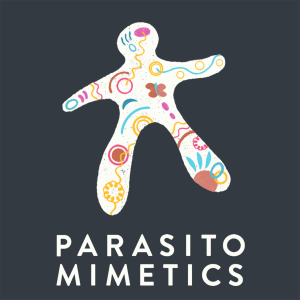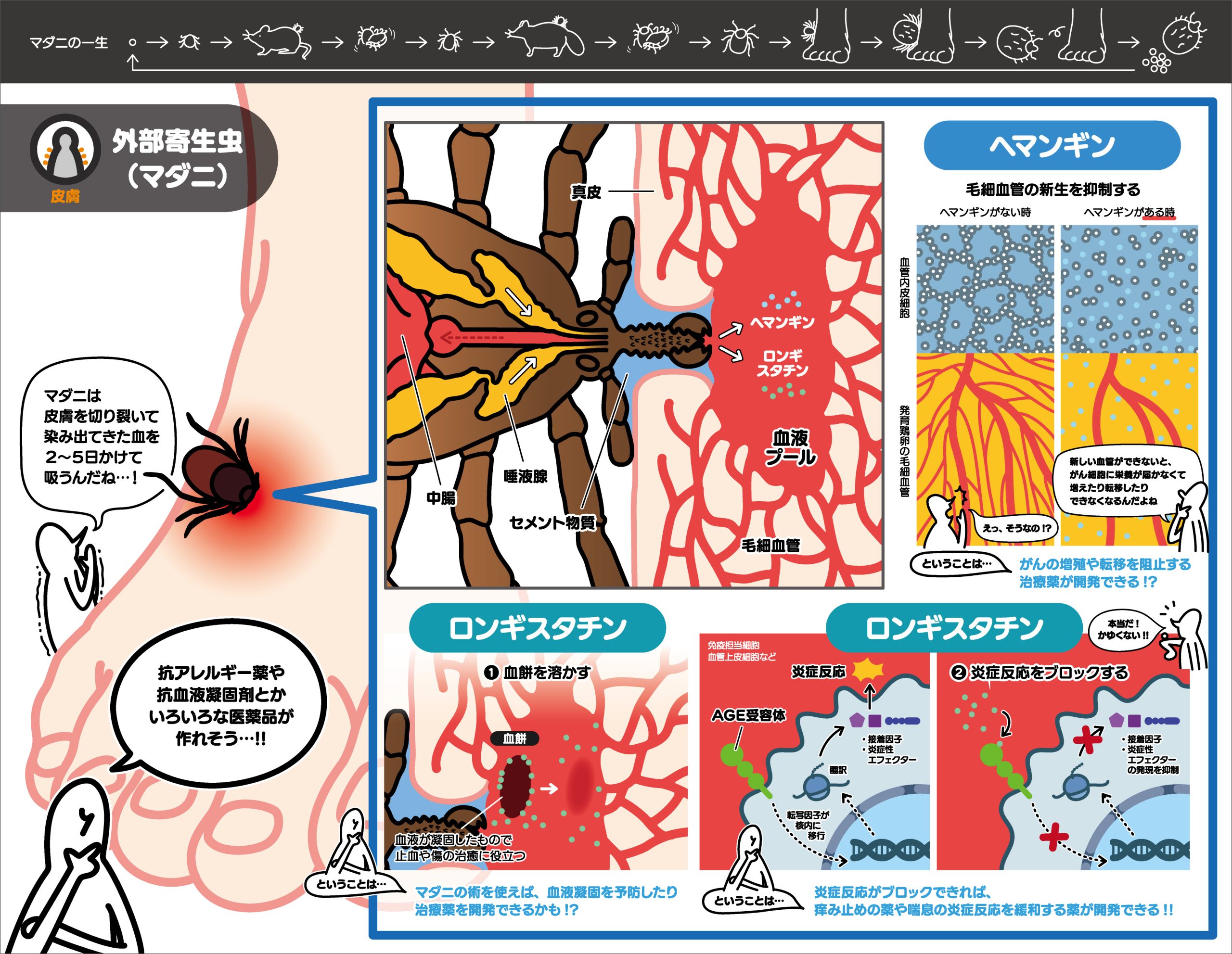Purpose and Background of the Research
In world of increasing immune-mediated diseases such as cancer, allergies, and autoimmune diseases, technologies that can control the enhancement or suppression of immune responses to specific antigens are key to disease control. To identify new immunoregulators, it is effective to utilize diverse organisms as resources. However, although there have been many attempts to search for useful natural substances from various organisms such as soil bacteria, algae, and plants, these organisms have not necessarily established close contact/relationship with mammals. Are there any suitable organisms as biological resources that possess a number of substances that could affect human immune system? We therefore give our attention to parasites.
Parasites have adaptation skills as a prerequisite for survival in humans. Human beings also have formed various immune mechanisms through the selective pressure by parasite infection. Together, we and parasites are kind of co-evolution partners. In other words, parasites do not unilaterally benefit from the host, but the host could also benefit from the parasites. In fact, many papers have supported the “hygiene hypothesis” that the decrease in parasitic infections has led to the increase in allergies and autoimmune diseases. Therefore, it is reasonable to think that if we reproduce the “parasite-infected state” in modern society, we may be able to successfully regulate the immune balance. However, artificial infection with parasites aimed at modifying immune balance is not realistic from a risk-benefit perspective.
This research aims to develop the academic field of “parasitomimetics: mimicry of parasites” in which parasites with high immune manipulation skills are considered as biological resources, and parasite-derived molecules rather than the parasites themselves are utilized to develop novel medical interventions. This unique concept that we utilized ‘harmful’ resources in a safe way is expected to have tremendous potential in both academic and industrial perspective.




